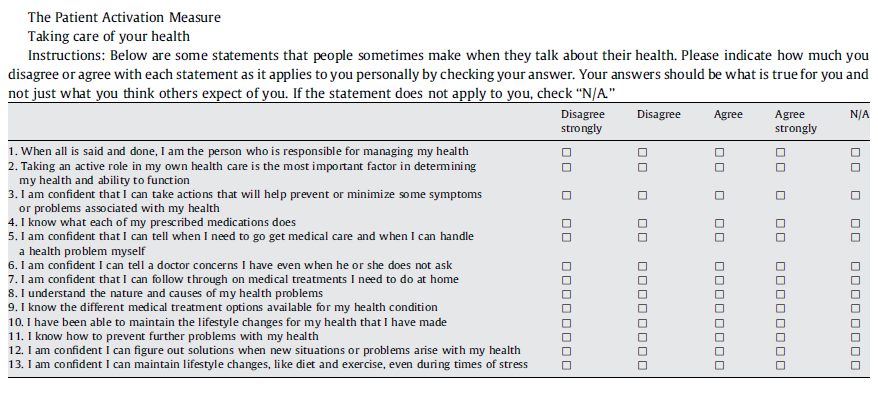The VA Scandal and Cheap Government Medicine
The VA waiting list scandal is a strong piece of evidence that governments running monopoly health systems have few incentives to provide quality health care. The easiest way to cut costs is to deny access to prompt care, advanced treatments, and new drugs. As far back as 2007, the VA Inspector General reported that some of its facilities keep poor records and had long waits for care. It has never accurately estimated the size of its waiting lists, or been able to say exactly how it spends its budget.
VA care looks better than it is because a lot of veterans have Medicare or other private insurance. They can switch to private care when the VA fails. And VA care does fail. Even if they make it to the top of the waiting list, people stuck in the VA are 35 percent less likely to receive kidney transplants or effective modern drugs than people with private insurance.
Like most government entities, the VA often seems more concerned about the people who work for it than the patients it is supposed to serve. In 1995, he GAO reported that the VA shields “its physicians from the professional accountability that is required of private sector practitioners,” and it is not clear whether all of its hospitals have formal processes to report incidences of serious injury, death, or potential legal liability. In 2003, its electronic records were found to contain numerous errors, and did not include some important adverse events. As of 2007, its electronic patient records could be edited by unauthorized people.
 So, even when we combine the most optimistic estimates of gains in mortality and morbidity, the average uninsured person would gain about 16 healthy days a year…As a comparison, 75-year-olds with foot problems prior to chiropody treatment rate their quality of life at .956. For the average uninsured person, having health insurance coverage provides health benefits that are roughly equivalent to averting the foot problems experienced by typical 75-year-olds.
So, even when we combine the most optimistic estimates of gains in mortality and morbidity, the average uninsured person would gain about 16 healthy days a year…As a comparison, 75-year-olds with foot problems prior to chiropody treatment rate their quality of life at .956. For the average uninsured person, having health insurance coverage provides health benefits that are roughly equivalent to averting the foot problems experienced by typical 75-year-olds.




